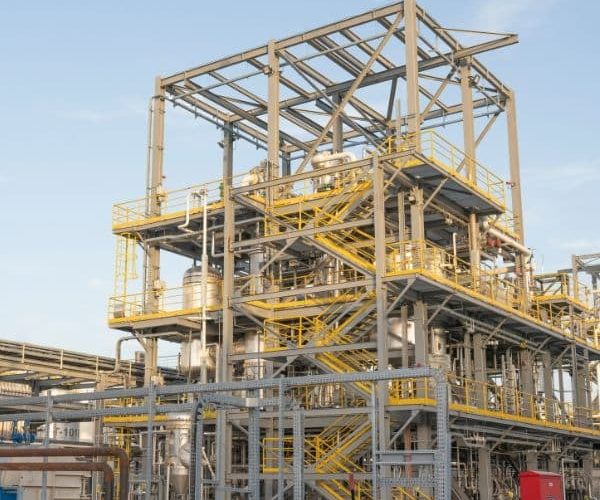Waste Fuel / MARPOL Recycling
The conventional method of waste fuel recycling
A mixture of heavy fuel oils, diesel fuel and water is commonly recovered from ships, tank-cleaning, washing, emergency responses to leaks, spills etc. Such wastes are collected by industrial service providers at ports, refineries, tank-terminals etc.
Thewaste fuel oils are burned off in industrial furnaces either without treatment or after chemical treatment and centrifuging to reduce water and sludge content. Centrifuges consume a lot of power and still do not produce a completely dry product. With this type of treatment, diesel-like light fuels are not recovered and the treated product can still have a low flash point.

Sequoia’s technology for waste fuel oils
Using specially designed heat exchanger and heat recovery systems, Sequoia’s equipment for recycling waste fuel oils completely evaporates free as well as emulsified water and also recovers diesel from waste fuel oil. The diesel can be sold for a better price than the residual fuel and at the same time the residual heavy fuel oil can meet specific limits for flash point.
In short, Sequoia’s customers can produce a high-value diesel product, a residual fuel meeting specifications for flash point and water content.

Economics of Sequoia’s technology for waste fuel recycling
- The cost of recycling waste fuel oil into distilled water, diesel fuel and heavy fuel products is about 1.5-3.0 US cents per gallon (approximately US$ 4-8 per m³).
- Labor cost is extra.
- Just one person is required to start, operate and shutdown a fully automatic plant every day (for 8-12 hour shift) or operate continuously for 8000 hours/year.

